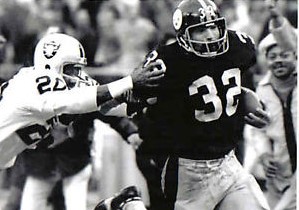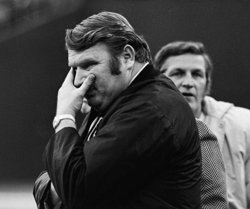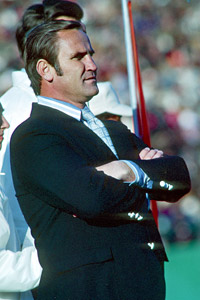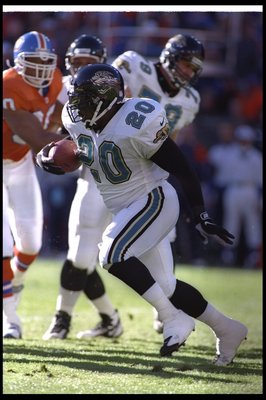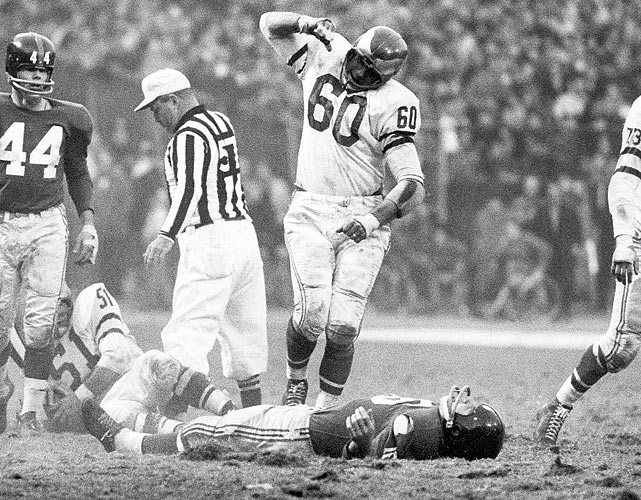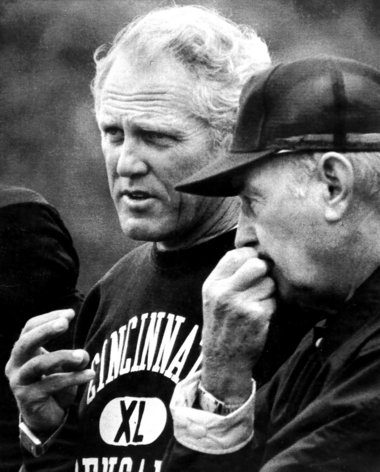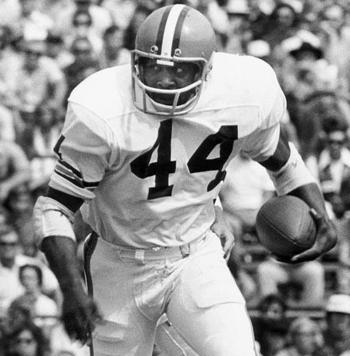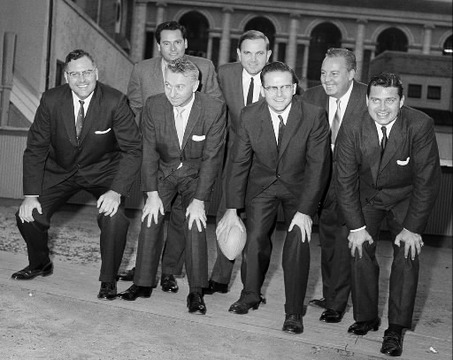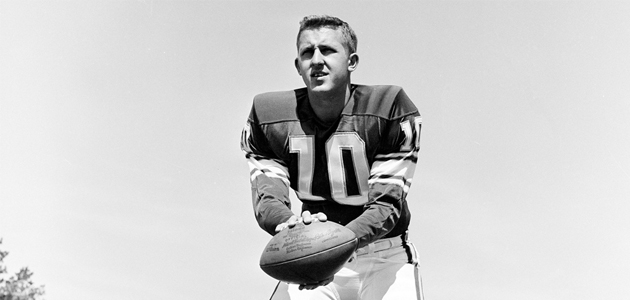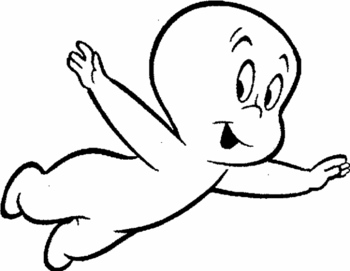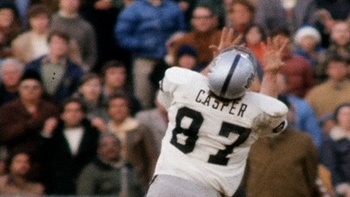Every fan of the game of football today knows what a “Hail Mary” pass is – a desperation heave at the end of a half or a game, with time expiring, in an attempt to steal an out-of-reach game from an opponent. It’s the ultimate “steal victory from the jaws of defeat” play. Perhaps the most famous one took place in a college game, when Doug Flutie hit Gerard Phelan on the final play of the game for Boston College, in 1984, to upset Jimmy Johnson’s University of Miami squad. The Hail Mary pass is now a regular strategy employed by teams when the situation warrants it. With the Dallas Cowboys and Minnesota Vikings scheduled to play this weekend on the NFL’s week 9 slate, it’s only fitting for this week’s Throwback Thursday post to feature a game played between those two franchises, on December 28, 1975, that marked the unofficial “birth” of the Hail Mary pass, at least as far as the NFL is concerned. In actuality, the term had been used as far back as the 1930s in college football, to describe a deep, low probability pass, mostly by Notre Dame’s famed Four Horsemen, or other Catholic universities.
The term was revived in that December playoff game in Minnesota, when the Cowboys, led by quarterback Roger Staubach, took the field on their own 15 yard line with a little under two minutes left to play, trailing the Vikings 14-10. “Roger the Dodger”, whose trademark throughout his entire career was leading late-game comebacks (earning him the nickname “Captain Comeback”), drove his team to midfield. He completed a pass to wide receiver Drew Pearson for a first down on 4th and 17 to reach that point. With 32 seconds left, Staubach unleashed his desperation heave, again for Pearson, who was covered by All Pro Viking cornerback Nate Wright. Wright slipped and fell, and Pearson pinned the ball against his hip, turned and scampered into the end zone for the winning score as Dallas triumphed 17-14. When asked about the play afterwards, Staubach, who is Catholic, said, ” I closed my eyes and said a Hail Mary, it was a very lucky play”. And the Hail Mary in the NFL was officially born. There were some strange circumstances surrounding the game that day, also. Incensed Viking fans pummeled referee Armen Terzian with objects after the play, feeling that Pearson had pushed Wright and that offensive interference should have been called. Terzian was hit by a whiskey bottle, opening a gash that required 11 stitches. Also, Viking QB Fran Tarkenton, shortly after the game concluded, was informed that his father had passed away of a heart attack while watching the game at his home in Georgia.
Drew Pearson celebrates his winning “Hail Mary” touchdown against the Vikings.

